
At Laser Skin Clinic, we use the latest advanced technology. The Elite iQ with Skintel technology is the best device for laser hair removal. Skintel® Melanin Reader™ is a revolutionary tool for diagnosing skin issues. This device measures the concentration of melanin in the skin before treatments like laser hair removal and skin rejuvenation.
What happens during laser hair removal?
Before the procedure, the affected area will be washed. For those with delicate skin or when only a specific spot is to be treated, a numbing gel may be applied to make the process more comfortable. This usually takes between half an hour and an hour to take effect.
Using a laser, hair is eliminated through vaporization, which produces a whiff of sulphur-like smoke. The time it takes to complete treatment varies based on the size of the area being treated, with smaller areas such as the upper lip taking minimal time, while more extensive locations like the back or legs require greater time.
Patients must shield their skin from the sun’s rays to prevent potential adverse effects after laser hair removal. They should not be exposed to direct sunlight, tanning beds, or any other indoor tanning device to do this. Additionally, it is important to adhere to the after-care instructions given by their dermatologist. Redness and swelling, like a mild sunburn, may occur after the procedure, and a cool compress is recommended to alleviate any discomfort.
Laser hair removal does not need significant rest and recovery after the procedure. The skin in the area where the laser was used may be inflamed and reddened, but individuals typically resume their usual activities shortly after the treatment.
The effects of the laser treatment will usually be visible immediately; however, the amount of hair reduction will depend on the individual and the factors mentioned. Generally, a 10% to 25% decrease in hair can be expected after one session.
A series of laser treatments is generally required to remove hair from the skin successfully. Following the treatments, most patients have clear skin for a considerable period. The new growth of hair, when it
occurs, tends to be thinner, lighter, and less dense.
Most patients experience long-term hair loss after treatment, with regrown hair often being more sparse than before. Additional laser treatments may be necessary to maintain the area’s hairlessness.
Most adverse reactions are minor and typically last for a brief period. These negative effects can include discomfort, swelling, and redness.
The amount of laser treatments needed to remove hair differs based on the individual. Typically, a patient can receive laser hair removal every 4-6 weeks, but your technician will provide an exact timeline for when it is safe to have another treatment.
Many people observe a return of hair after treatment. A specialist can tell you when it is safe to keep up the progress with laser treatments.
The use of lasers to help treat various ailments that affect the skin, hair, and nails has become significantly more widespread in the medical field. Dermatologists have been at the forefront of these advancements in laser technology.
Recent developments have enabled a broader range of patients to benefit from laser hair removal, including those with lighter hair and skin and darker hair. However, the procedure must be carried out with great care by technicians who know the best safety and efficacy measures to take.

The Elite IQ Laser is the best laser hair removal system for permanent hair removal, with the patented SkinTel® Melasma Reader, the ONLY FDA-cleared melanin reader, adjusting to your exact skin type, for the perfect setting for every skin tone. Our laser hair removal Toronto clinic is located at Rosedale Medical Centre – 600 Sherbourne St.

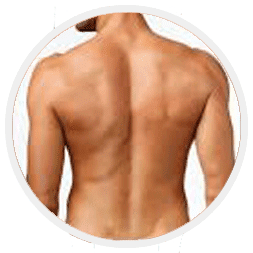
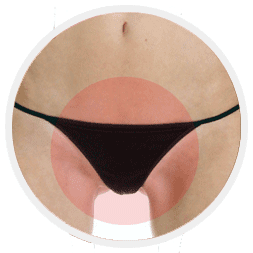

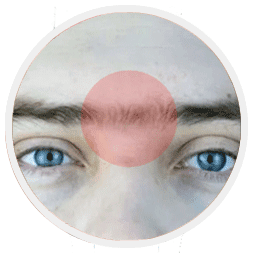

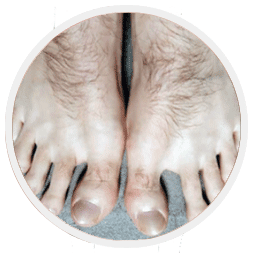
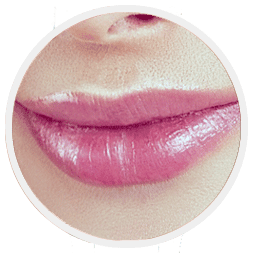
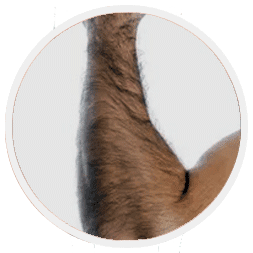
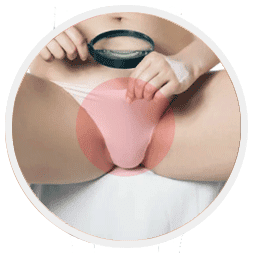
Elite iQ is the new Gold Standard in permanent hair removal. Our best laser hair removal Toronto clinic is at 600 Sherbourne St #605, Toronto.
info@laserskin.ca